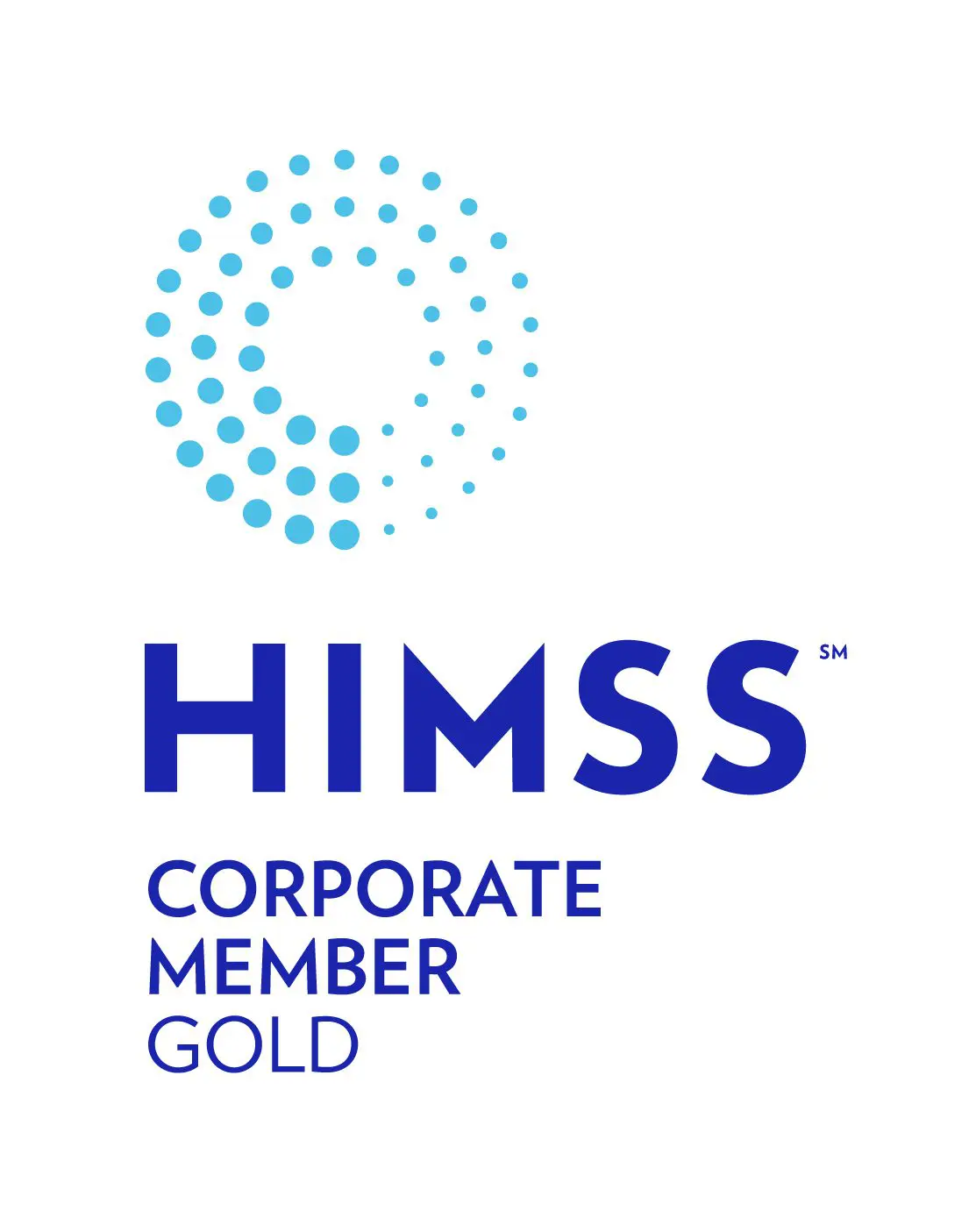Security
Dedicated to protecting your data at every step.
The security of your information is of utmost importance to Harmony Healthcare IT, which is why significant resources are devoted to protecting it. We maintain a security-conscious culture made up of individuals who make security-minded decisions every day.
Business Continuity and Disaster Recovery
We provide a secure, reliable IT environment designed for stability and business continuity. Our disaster response plan ensures rapid response and recovery in the event of disruptions.
Identification and Authentication
Access to our infrastructure requires industry-standard authentication, including multi-factor authentication. Security oversight is managed by our Privacy, Security and HR teams, with continuous monitoring by internal and external security experts.
Physical Security of Facilities
We implement strict physical security controls to prevent unauthorized access to information systems. Sensitive personal health information (PHI) is housed in Tier 3 data centers with co-locations, meeting rigorous security and access requirements. Our offices also follow industry-standard access protocols.
Risk Management
We proactively identify and mitigate risks through ongoing vulnerability assessments, third-party vendor management, and annual penetration testing. HIPAA risk assessments are conducted by certified third parties.
Security Awareness Training
Our team undergoes continuous training on security and privacy. Quarterly security awareness sessions and annual HIPAA compliance training ensure we stay ahead of evolving threats. In addition, Role-Based Training is provided for specialized roles such as privileged users and developers. Monthly Phishing Tests are conducted and results are used to generate individual risk scores.









